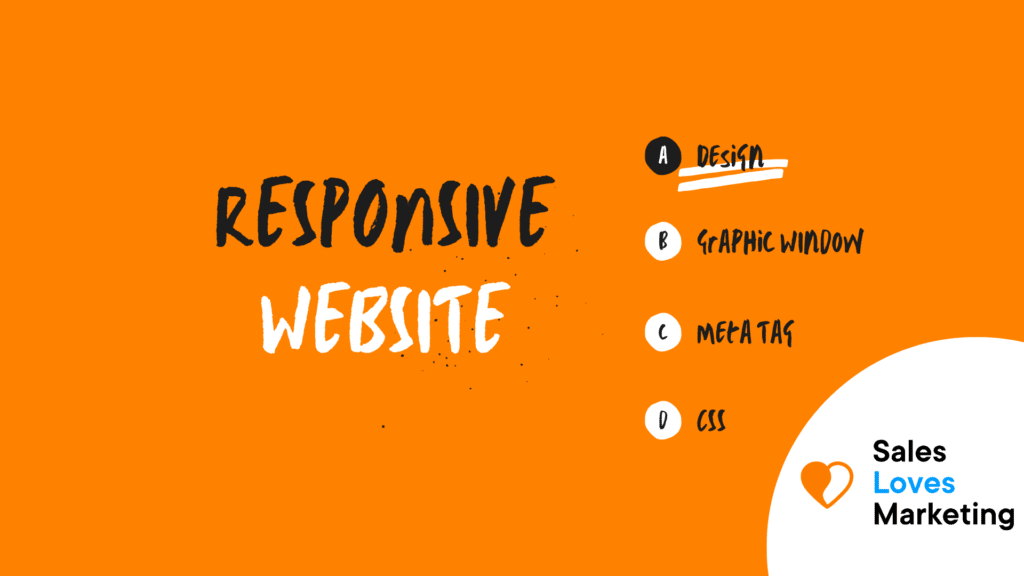What Does Responsive Website Mean?
A responsive website has a design configured to adapt and look good on the screen of all visitors’ devices such as desktop computers, tablets, smartphones, game consoles, and televisions.
Why Are Responsive Websites Important?
Today, there are many types of devices with different sizes and various screens to navigate, so it is important that a website’s design can adapt to all varieties that exist, even for devices that have not yet been created. This will provide users with a more satisfactory experience when browsing because if they change devices, they will still be able to satisfy their information needs.
Just to cite an example, if a site does not have a responsive web design (RWD) can lose more than half of the traffic that passes through it; this is because it has been proven that currently, navigation through the use of mobile devices exceeds 50 percent of total traffic on the Internet.
How To Design A Responsive Website?
To design a responsive website, HTML and CSS programming languages are used to resize automatically, show, hide, reduce or enlarge a website so that it looks good on all devices (desktop computers, tablets, and phones). To make an optimal design, we recommend the following:
Configure the graphic window
To configure the pages’ graphic window, the <meta> tag is placed in the header of the document on all pages of the website; this will tell the browser how to control the size and scale of the pages.
Adapt the content to the graphic window
On mobile and desktop devices, users usually scroll vertically and not horizontally when browsing; this is why you must adjust the content to the graphic window’s width so that the change does not affect their browsing experience.
Use Responsive Images
Responsive Images are obtained by using tags that adjust their scale so they can adapt to any browser size.
To have responsive images on a website, you must configure the width property, the minimum width property, and the number of images to display according to the browser width.
Make text size adaptive
Like images, the text should also be configured to automatically adapt to all devices’ screens to convey the website’s content effectively.
Using Media Queries (CSS)
A Media Query is that optional function that allows you to arrange content to fit elements such as screen size or resolution; with this, you can determine different styles for different browser sizes.
Taking care of the loading speed
When creating a responsive design for a website, it is necessary that the loading speed is as fast as possible to avoid at all costs increasing the bounce rate. Among other techniques, you can choose to optimize images, create caching, and others.
How Do I Check The Responsive Design Of A Website?
There are several ways to test the responsive design of a web page or website, among the most used are:
- Use responsive web design testing tools available on the internet.
- Using web browser development tools.
Browsers such as Google Chrome have features that help check for adaptive and device-specific views of a website.
This browser is very popular among web designers, and to use it is done as follows:
- Open the website in a new tab in Google Chrome.
- Place the mouse on the homepage of the website and right-click, there a menu will pop up.
- In the context menu, click on the Inspect element, there the “Chrome Dev Tools” window will open.
- Select the Toggle device toolbar option and click on it. By doing so, you will access the Device Mode’s screen emulator. With this emulator, you can test the adaptive and device-specific graphic windows.
Learn more about SEO here or get started yourself with this all-in-SEO tool.
